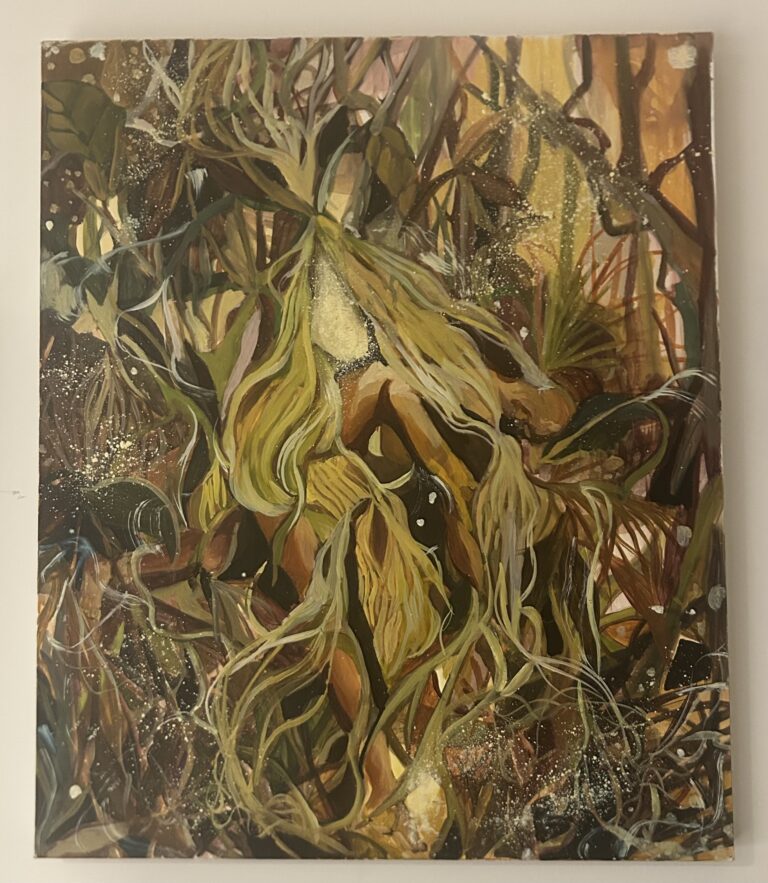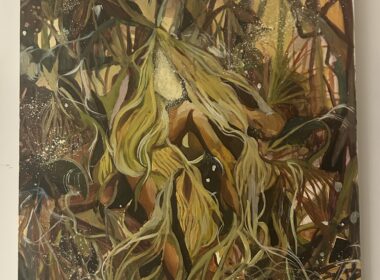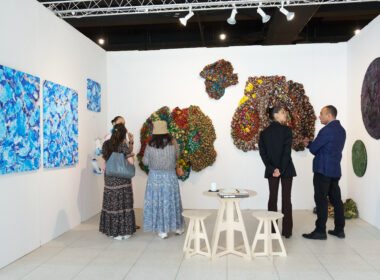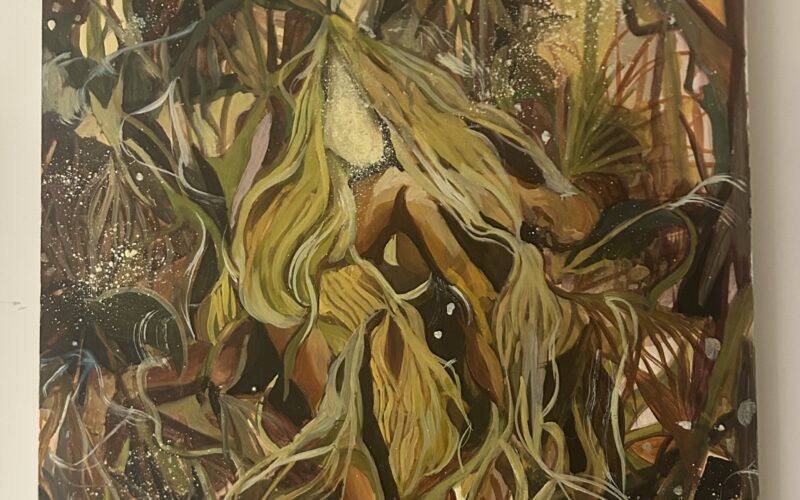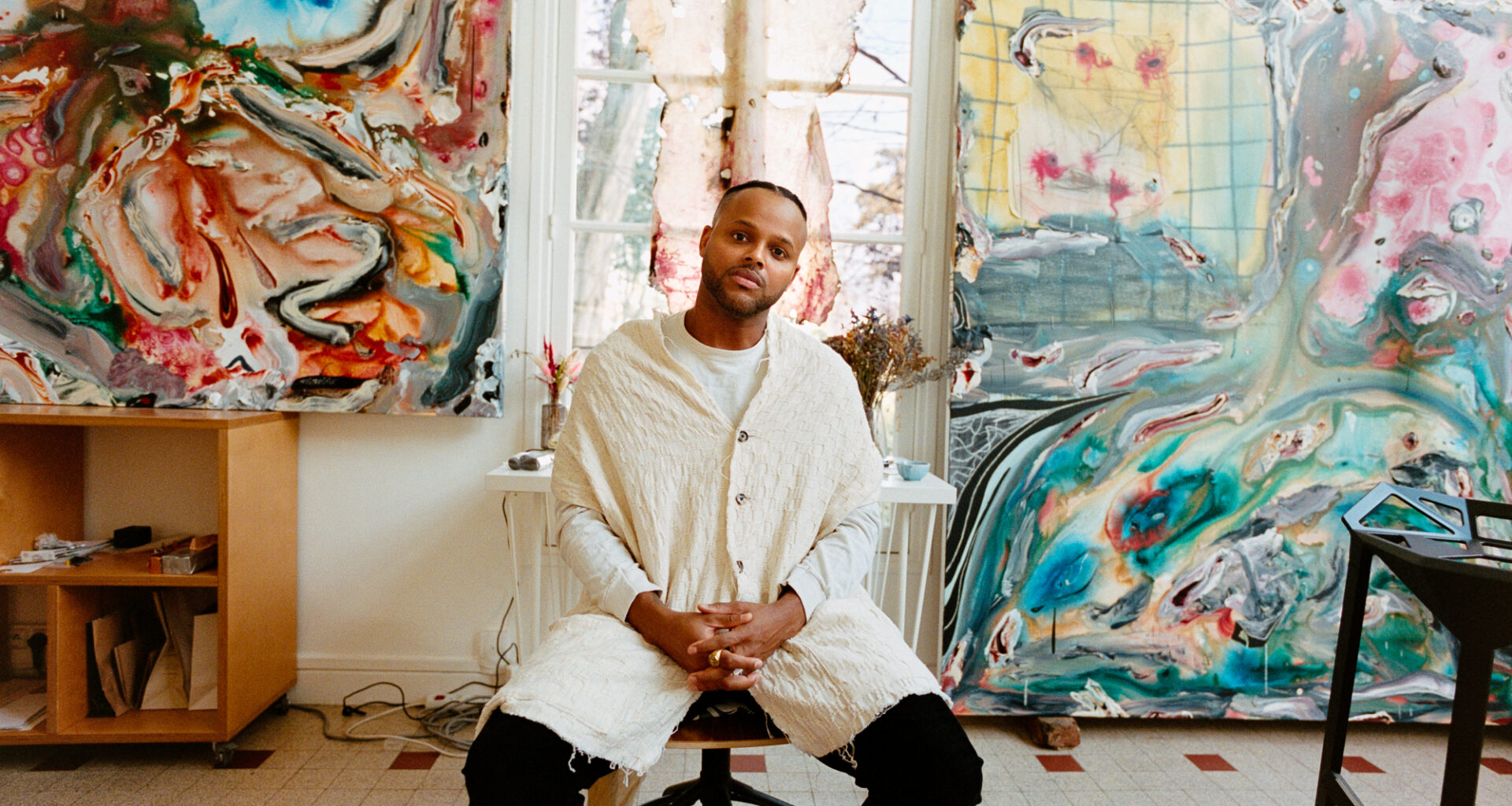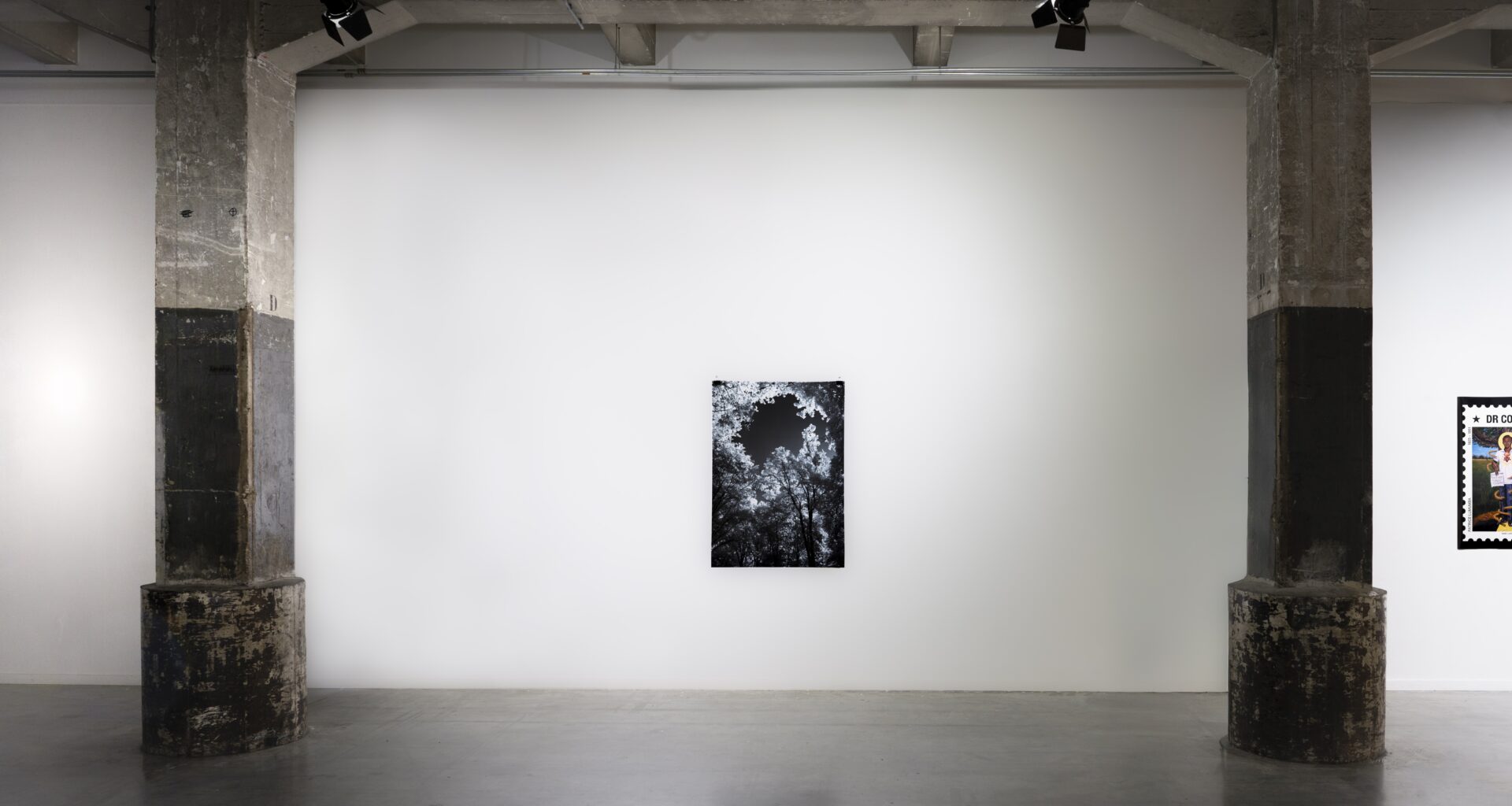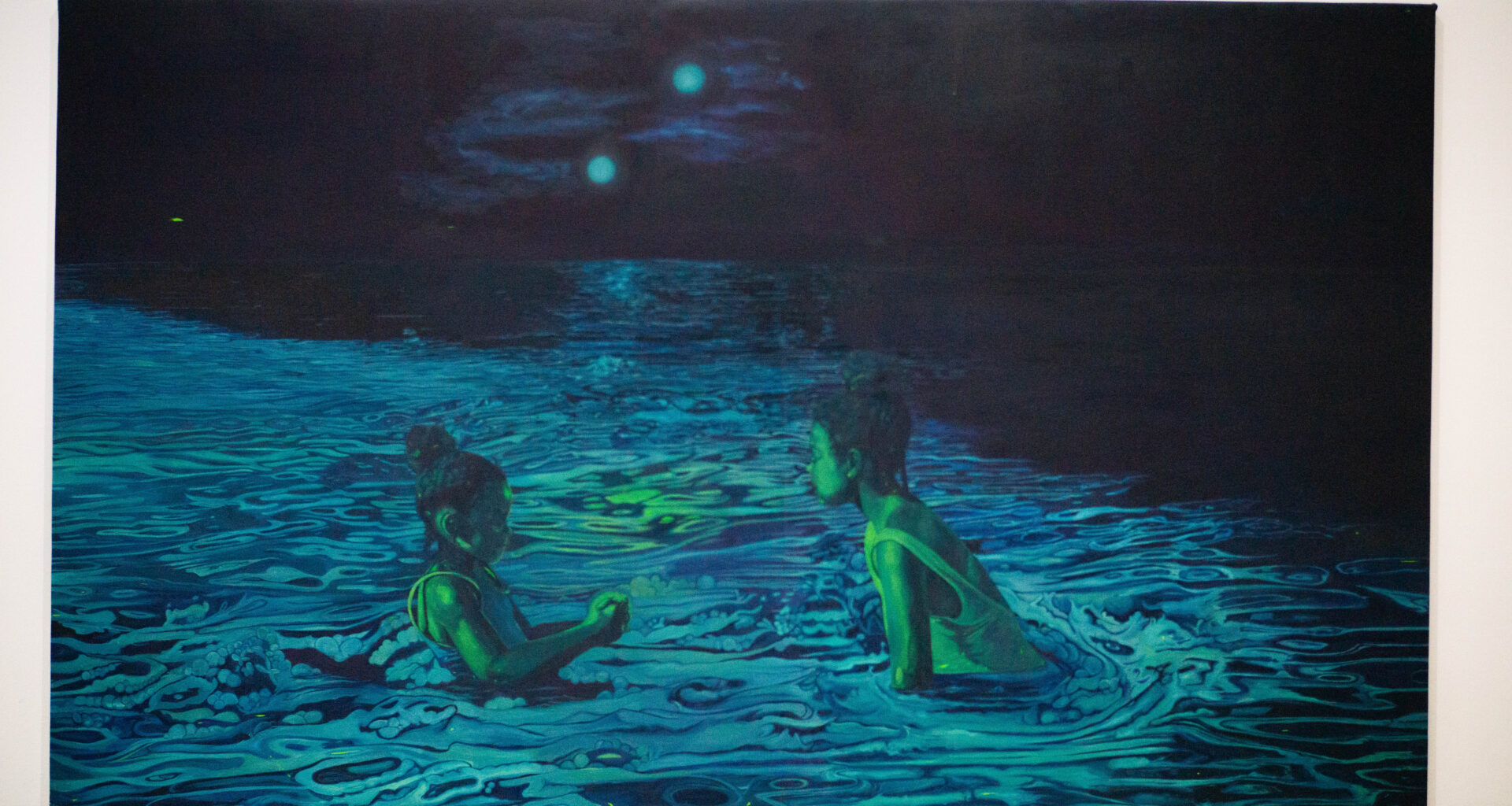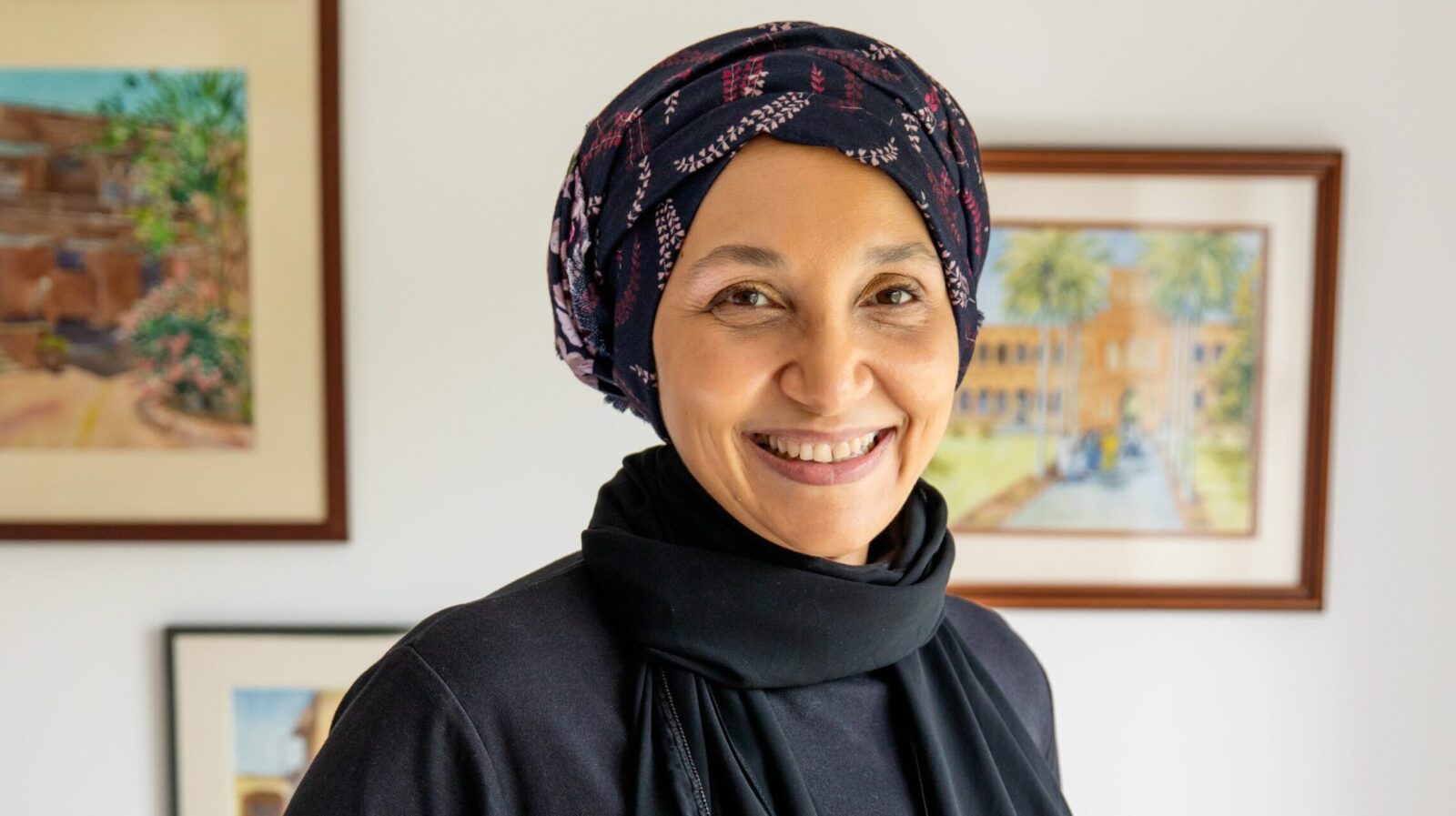Collectors With Purpose is a new Sugarcane feature that highlights leading collectors of African and African diaspora art who not only acquire groundbreaking artworks but also intentionally build ecosystems that support artists and institutions and open conversations that shape public memory. Our summer update showcases Jorge Pérez, Maro Itoje and Conrad Woody—three voices helping to shape global narratives through their acquisitions and initiatives.
Their practices move beyond aesthetics into advocacy, education and legacy-building. Pérez is a Miami-based developer and museum contributor whose impact extends beyond his name on a building; Maro Itoje is a London-based gallery founder whose intuitive approach addresses the needs of Afro-diasporic artists; and Conrad Woody, whose collection is a love letter to Black art and culture, and whose advocacy is shifting the collector ecosystem from within, exemplifies the power of purposeful collecting.
Jorge Pérez/Jorge M. Pérez Collection
Jorge Pérez has long been a transformative force in the arts, most notably through the donation of his collection and a $40 million gift to the Center for the Arts in Miami, which was renamed Pérez Art Museum Miami (PAMM) in 2013. Over the years, his total contributions have exceeded $60 million, reinforcing his commitment to equity and access within cultural institutions.
“We’ve long been drawn to Black artists from across the African continent and its diaspora whose works display sheer depth of talent and provide powerful insights into modern-day narratives,” said Patricia M. Hanna, director of the Jorge M. Pérez Collection.
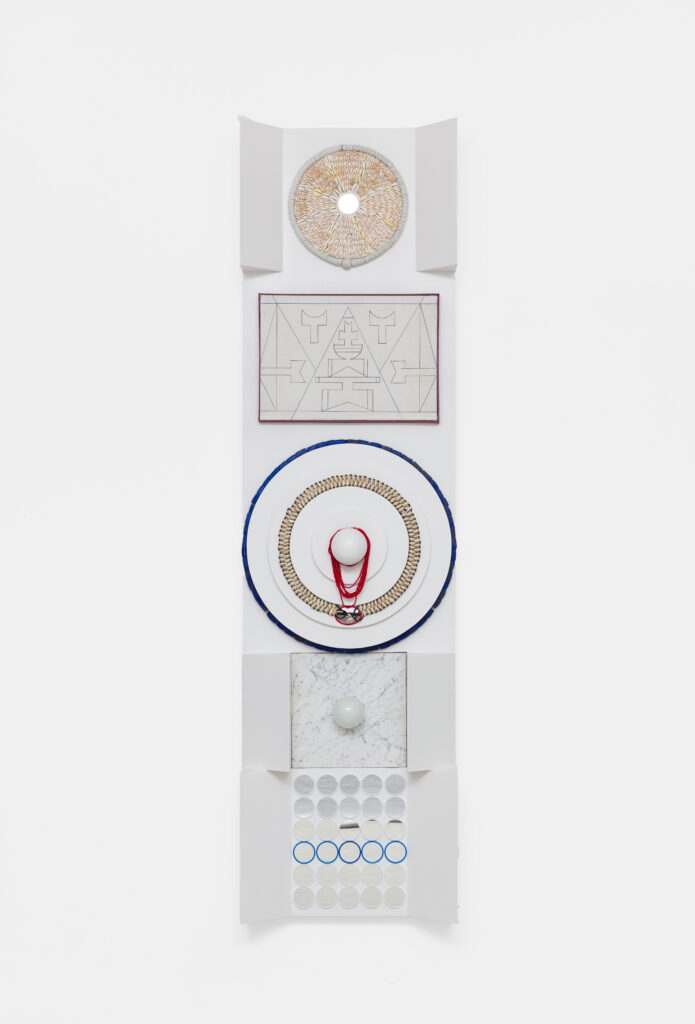
Recent acquisitions include artists like Atta Kwami, Al Loving, Peju Alatise, Fiker Solomon, and Vaughn Spann—alongside the late Emanoel Araújo, whose sculptural work Oxalá connects spiritual symbolism with Afro-Brazilian material histories.
I asked Hanna, “You’ve acquired works from artists like Emanoel Araújo, who was not only an iconic artist but also the founder of the Museu Afro-Brasil. How do you see the role of collecting in shaping and strengthening institutions that preserve cultural heritage?”
“Collecting is more than acquiring pieces; it is an ongoing relationship with an artist’s work and a commitment to recognizing and preserving cultural narratives that might otherwise be overlooked,” Hanna said. “Acquiring works by artists like Emanoel Araújo goes beyond their individual practice—it helps ensure that their contributions to art and culture remain visible and accessible for future generations. By integrating these artists into broader conversations, we foster dialogue and help sustain the legacies of institutions dedicated to cultural heritage.”
Conrad Woody/Conrad Woody Collection
Conrad Woody sees his collection as more than just paintings on his walls but as a love letter to artists and culture. He started collecting in 2019 after spending hours immersed in the Baltimore Museum of Art’s Black abstraction exhibition. That moment sparked something. “I was supposed to be networking,” he told me, “but I ended up lost in the show.”
At a holiday party later that night, he told a friend, “I’d love to collect art, but I can’t afford it.” The friend told him, “Yes, you can. You just need to be present, consistent and supportive.”
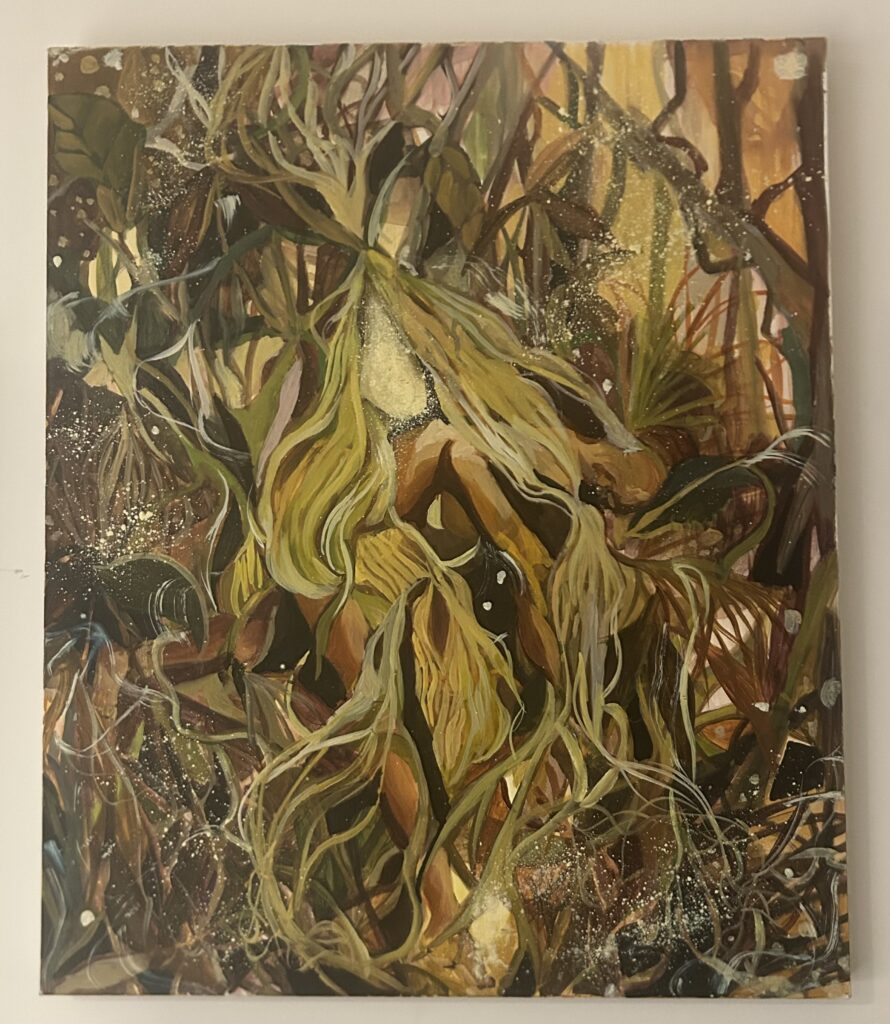
Down) | (2023) | Oil on canvas | 20 × 24 in
Woody took that advice and began building the Woody Collection shortly after.
He approaches each acquisition as part of a relationship—with the artist, with the work, and with the story it holds. His private collection includes Baltimore and Washington, D.C. talents Jabari Jefferson, Megan Lewis, Murjoni Merriweather, and a new addition, Laurena Finéus.
On Finéus’ Quand Les Murs Tombent (When the Walls Fall Down), he told me:
“The reason this particular piece called out to me is not only the sort of Canadian Haitian origin of Laurena, but what I get from her practice is how some of these figures are hidden within this amazing sort of metal composition… And then the title, When the Walls Fall Down, it really spoke to my soul. Because we’ve all had those moments—when the walls come down, and you’re left with everything raw. You see the beauty and the pain. Those are the ingredients of a good-tasting life.”
Woody’s collecting practice is as much about expanding access as it is about acquisition. Through salons, mentorship and direct advocacy, he’s shifting how collecting happens and who gets to participate.
“Art has given me more than I’ve given it,” he said.
Maro Itoje/Akoje Gallery
In 2023, Maro Itoje launched Akoje Gallery in London with co-founder Khalil Akar with a mission to provide a platform to artists from Africa and its diaspora through the gallery and a residency. Since opening, the gallery has shown work by Oluwole Omofemi, Nissi Ogulu, Olawunmi Banjo and Sarah Knights.
Speaking of his growth into an art collector and advocate, Itoje described his experience first collecting art:
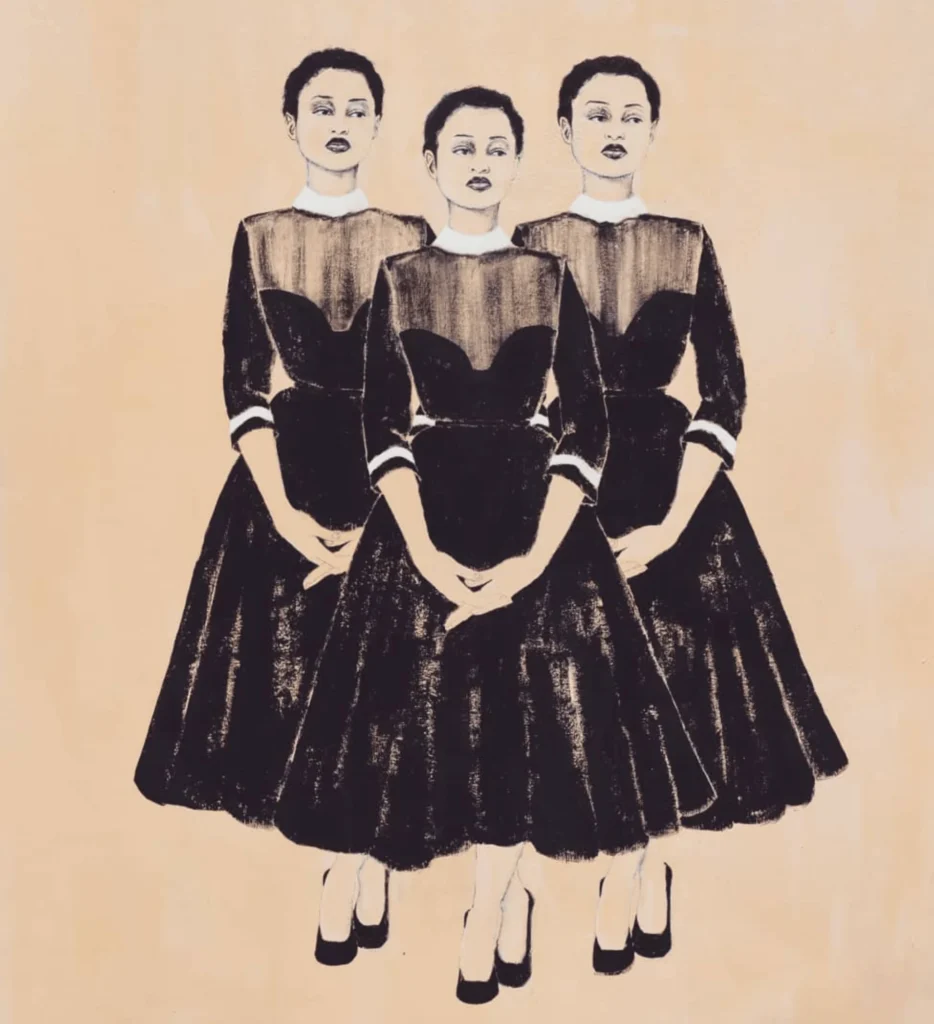
| Acrylic on canvas | 47 1/4 x 39 3/8 in
“Around 2015, I moved into my first apartment. I had white walls everywhere and wanted to decorate with African or Nigerian art. I looked around London—online, in galleries—but couldn’t find much. So I asked my mom, and she said, ‘When we go to Lagos, we’ll visit the art market there.’ Months later, we did—and I was just taken aback by the vibrancy, the color, the texture, the dynamism of the art. I really connected to African art in a way I hadn’t felt with European, Asian or even American art. That’s where it all began.”
His vision expanded over time and eventually became Akoje Gallery. It’s not just a space for sales—it’s a platform for diasporic connection. The gallery’s nonprofit arm, the Akoje Residency, operates out of Dumfries House in Scotland in partnership with the King’s Foundation. The program offers emerging artists from Africa and the Caribbean the opportunity to develop new skills in a range of disciplines, including embroidery and stone masonry.
“We wanted to give artists access to a world-class facility they might never otherwise reach,” Itoje said. “The program is vast, and it’s individualized—artists find what resonates with them and deepen their practice.”
Itoje doesn’t frame himself as a tastemaker—he collects what moves him.
“I didn’t start collecting from an academic point of view,” he said. It was always about: Do I want to see this every day? Does it move me? In my view, if you buy art you love and enjoy, you won’t go wrong.”
COLLECTING WITH A STRONG VISION
Collecting with purpose is a bold act of vision. Jorge Pérez, Maro Itoje and Conrad Woody show us that when art collecting is rooted in intention, it becomes a force for transformation—of artists’ lives, of institutions and of the cultural record itself. Their journeys remind us that art can be more than mere decoration; it can be dialogue, legacy and love. Their collections both reflect the world and reimagine it—amplifying voices, preserving histories and building futures.
This story was supported in part by ZEAL.
